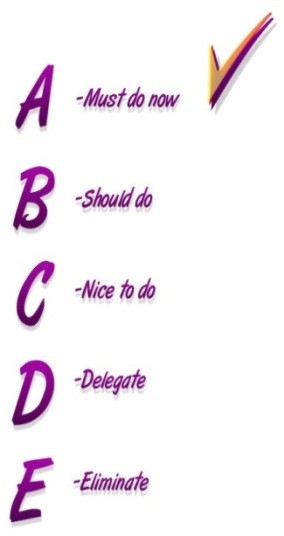These tips might be for you if you’re someone who consistently feels that there aren’t enough hours in the day. Maximize your productivity without losing sleep or increasing your stress levels.
Maximizing time throughout the day is a high-achiever’s specialty. Those who are most successful in life are able to maximize their days without adding undue stress, pressure, or chaos into their lives.
Here’s how you can use your 1440 minutes in a day to the best of their ability.
1) Work Smarter, Not Harder (Lazy Person Brain)
Applying processes and leveraging networks around you to drive efficiency is a major key to increasing your productivity. Successful people are “big picture” thinkers. They are most often reassessing and analyzing not only what they’re doing but HOW they’re doing it.
Create workflows, automations, and innovations that will allow you to do more but with less effort. This will help you divert some of your time to be used in other ways or to push other large tasks forward.
2) Outsource the Least Interesting Pieces (to You)
Successful people understand how to leverage talent around them to achieve collaborative goals.
Pieces of business, personal life, or other realms that don’t interest you can be easily outsourced.
Again, you can turn your time and focus to other things that you are more passionate about in the meantime. There are others who are passionate about the tasks that you are not – let them handle it!
3) Appreciate and Reward True Talent
Part of outsourcing successfully means maintaining the team of people, friends, and family that you build around you. It only takes time and thought to appreciate those that have helped you get to where you are today. Treat others with patience, kindness, compassion, and understanding. When possible, reward those who are around you in the ways that they will appreciate (monetary, words of affirmation, experiences, etc.).
4) Maximize your To-Do List Strategy
To-do lists can be easy to use as a way to feel productive. Successful people use a unique to-do list strategy that includes time estimations on each item (time blocking). They also will often start with the hardest or most time-consuming tasks first to ensure that the mental and physical energy is there to accomplish them. Don’t procrastinate your necessary tasks until the end of your list because it’s likely that you won’t get them done!
5) Find Time through the Day for Efficiency
Is there time through the day where you can be more efficient? Do you commute on public transit? Do you spend time scrolling on social media? Do you have time in the morning that could be used in a better way? Whatever it may be – there is likely a way that you can structure your day to maximize time better. Successful people do a great job of filling their day but not overwhelming themselves.
6) Prioritize Passions and Health
Being successful means that you’re also actively pursuing things that provide you joy and excitement. If you love to travel, ensure that you have a plan to work that into your short and long-term future. Successful people also take the time to prioritize their health by eating a balanced diet, moving their body as often as possible, and making time to take care of themselves. You only get one bill of health so it’s important to maintain it the best that you can over time!
7) Live Authentically and Consider your own Needs
Finally, it’s imperative to live an authentic life. Consider your own needs outside of traditional “success” models. This is part of taking care of your mental health. Successful people understand that they’re in the journey for the long-haul so start to organize your life and habits around what makes you happy.
Will you incorporate any of these habits to boost your daily success and productivity? Are you going to do anything new to maximize your time?
We would love to hear your comments. Please contact us today!
Gary Brunson
gary@myclearfocus.com
Debra Rider
debra@myclearfocus.com
574.361.2674
Sustainable Growth & Profit Consultant, Coach, Mentor and Counselor/Therapist for Business Owners and Professionals.
All articles, quotes, and material in this newsletter are copyrighted by our associate Gary Sorrell, Sorrell Associates, LLC ©. No part can be reproduced in any form without specific written consent. All rights reserved worldwide. Thank you!











